Skier Killed in Avalanche on Mt. Washington
By Abagael Giles and Lisa Lynn
Update as of 4.12.2019: Late in the evening on Friday, April 12, the White Mountain National Forest identified the skier who was involved in the fatal human-triggered avalanche in Raymond Cataract on April 11 as Nicholas D. Benedix, age 32, of Compton, N.H. The report found that, upon further investigation, the avalanche was approximately 135 feet wide at the crown, which was as thick as one meter in some places with an average thickness of 18″.
On Thursday, April 11, around 2:30 pm Andrew Drummond, the owner of the Jackson, N.H. backcountry ski shop Ski the Whites, was in the parking lot at the Appalachian Mountain Club’s Pinkham Notch Visitor Center. He was waiting for friends before starting the skin up to Tuckerman Ravine and flying his drone when someone asked him to stop. A helicopter was flying above. A skier had been caught in a slide in Raymond Cataract, Drummond heard. At the time, that was all he knew.
“A few friends of mine had seen a skier enter Raymond Cataract,” Drummond said. “It’s the ravine you face as you are hiking up the Tuck’s Trail.”
According to a report from the Mt. Washington Avalanche Center, two hikers had also seen the skier drop in as they summited a neighboring ridge, on the Lion’s Head Trail. They remarked on the “solid and skillful turns the skier was making and watched him descend out of view.”
What the hikers didn’t know, was that the skier had triggered an avalanche.
Raymond Cataract is a steep, narrow line that sits in the gulf between Tuckerman and Huntington Ravines on the east side of Mt. Washington. In the summer, its lower half becomes a waterfall. While not as popular a touring destination as Tuckerman Ravine, it compels skiers in good snow years because of its technical terrain features and the fact that it is seldom skiable. This year, it was in.
According to Evan Burks, Public Affairs Officer for the White Mountain National Forest and the Mt. Washington Avalanche Center, snow rangers were stationed at Hermit Lake on April 11 (just below the base of Tuckerman Ravine) when they were alerted by a skier on the Tuckerman Ravine trail that a skier-triggered avalanche had occurred in Raymond Cataract.
Lead Snow Ranger Frank Carus stopped to talk to a friend on the Tuckerman Ravine Trail near Hermit Lake to discuss what appeared to be the crisp, sharp edges of a recently formed avalanche crown line. Carus geared up with skis and binoculars and arrived at a viewpoint to search for clues of human involvement. At 1:53 p.m., he identified a single set of faint ski tracks in the firm snow above the crown.
None led out.
At 2:05 p.m., after calling for fellow on-duty snow rangers Jeff Fongemie and Helon Hoffer and Hermit Lake caretaker Sarah Goodrow to mobilize, Carus skinned up the Lion Head Winter Route and made his way through the trees and into Raymond Cataract, to the toe of the avalanche debris field which had piled up in the streambed. A visual search suggested someone might have been buried.
At this point, Carus hoped the skier had escaped the flow somewhere above the debris pile and gone on with their day without reporting the slide, what the Mt. Washington Avalanche Center’s website calls “a common occurrence in the MWAC forecast area.”
From where Carus stood, the slope that had avalanched was out of view. Though “significant hangfire remained above the fresh crown line,” Carus decided to enter the gully without a lookout and switch his beacon to receive. He was surprised to find a single beacon signal 24 meters away.
“He started performing a beacon locator search,” said Burks. Fortunately, the skier, presumed solo, was wearing a beacon. Using beeps from his transponder, searchers were able to locate him and dig him out by 2:18 p.m. “The skier was buried about a meter deep,” said Burks.
As Fongemie and Goodnow arrived on the scene and completed the search for a second burial (they found no evidence of one), Hoffer, acting as incident commander, called for advanced life support.
By 2:30 p.m., the patient was nearly free and showed no signs of having suffered trauma, though his breathing was irregular. At 2:34 p.m., less than an hour after being notified of the burial, the Rangers began performing CPR. A LifeFlight helicopter arrived at Pinkham Notch Visitors’ Center. The rangers transported Benadix off of the mountain by litter and snowcat and administered continuous CPR while en route on the two-mile trip to Pinkham, where they transferred the patient to the flight nurses and medics who met them on-scene. They arrived at 3:30 p.m.
It was too late.
Benedix was pronounced dead at approximately 4 p.m.
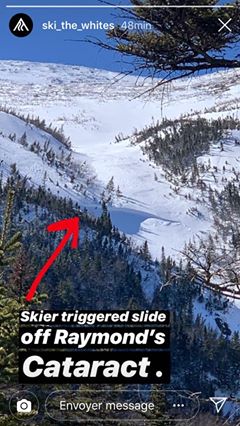
According to a report by Frank Carus, the U.S. Forest Service’s lead snow ranger and director of the Mt. Washington Avalanche Center: “A solo skier, skiing Raymond’s Cataract triggered a wind slab above the waterfall zone as the terrain rolls over. The victim was buried about a meter deep. It appears he was buried for 1.5 to 2 hours. We dug him out and he was breathing, but cardiac arrest soon followed. We worked on him at the scene with vigorous CPR.”
Drummond skied up to the scene to see if he could help. “It was surreal. It didn’t look substantial but it was a brutal reminder of the risks we take and a testament to the wind slab and all the traffic we’ve seen this spring. It was definitely a wake-up call.”
Avalanche warnings have been posted on many days this spring. The day prior, on April 10, a smaller slide slid down higher terrain. Earlier this spring, larger slides swept the ravine. According to Randi Minetor, author of Death on Mount Washington: Stories of Accidents and Foolhardiness on the Northeast’s Highest Peak, published in 2018, 13 people have died in avalanches on Mt. Washington since 1849, when data first was recorded regularly.
Chris Joosen, the U.S. Forest Service’s former lead snow ranger and head of the Mount Washington Avalanche Center (he retired in 2016), posted this to the Center’s blog in 2013:
Of the 9 avalanche fatalities I have dealt with since 1991, 6 climbers died primarily due to trauma while the 3 skiers died due to a combination of asphyxiation and trauma. New Hampshire, and more broadly northern New England, leads our nation in the percentage of avalanche deaths that result from trauma. Our terrain and generally low snowfall create scenarios that bring us into rocks, over cliffs, into the trees more often as we hunt for areas to pursue our sports. Our ability to ski tour in open terrain or stick to low angle slopes in avalanche terrain is near impossible in most cases. Of the nine aforementioned avalanche deaths on Mount Washington, four occurred under a Moderate or Moderate moving towards Considerable rating and two under a High rating in Tuckerman and Huntington Ravines. The remaining three fatalities occurred in the Gulf of Slides where avalanche advisories are not issued. In the two incidents leading to these three deaths the avalanche danger in Tuckerman and Huntington was posted at High.
On Thursday, a sunny and warm day, avalanche risk was posted as “moderate” but the presence of wind slabs and the funnel shape of the ravine increased the risk of a slide.
“Moderate doesn’t mean ‘no-go’ but it does mean be cautious,” said Drummond. “The thing about Mt. Washington is you can have vastly different conditions in different areas. I was up there all week and it was full on winter in some areas, spring elsewhere and something in between somewhere else.”
TERRAIN CHANGES
And avalanche danger is dependent on the terrain.
In describing the avalanche in Raymond’s Cataract, Carus said, “This terrain is a classic terrain trap, you can see where debris funnels down. We estimate that the crown was a D2 size avalanche, probably a 75-foot wide crown, where it was triggered it was maybe 16 inches thick, the thickest part was to 30 inches to maybe a three-foot crown… pencil-hard windslab over softer snow, if it was anything like the other human-triggered avalanche from yesterday in the lower snowfields.”
On a scale of 1 to 5 (5 being the biggest), a D2 avalanche is described as “Medium: Could bury, injure or kill a person. Typically stops at the end of a slope.”
The big point is It doesn’t have to be a massive avalanche to hurt or kill you,” said Carus. “A terrain trap or deep stream drainage like this can be a disastrous thing to get avalanched into.”
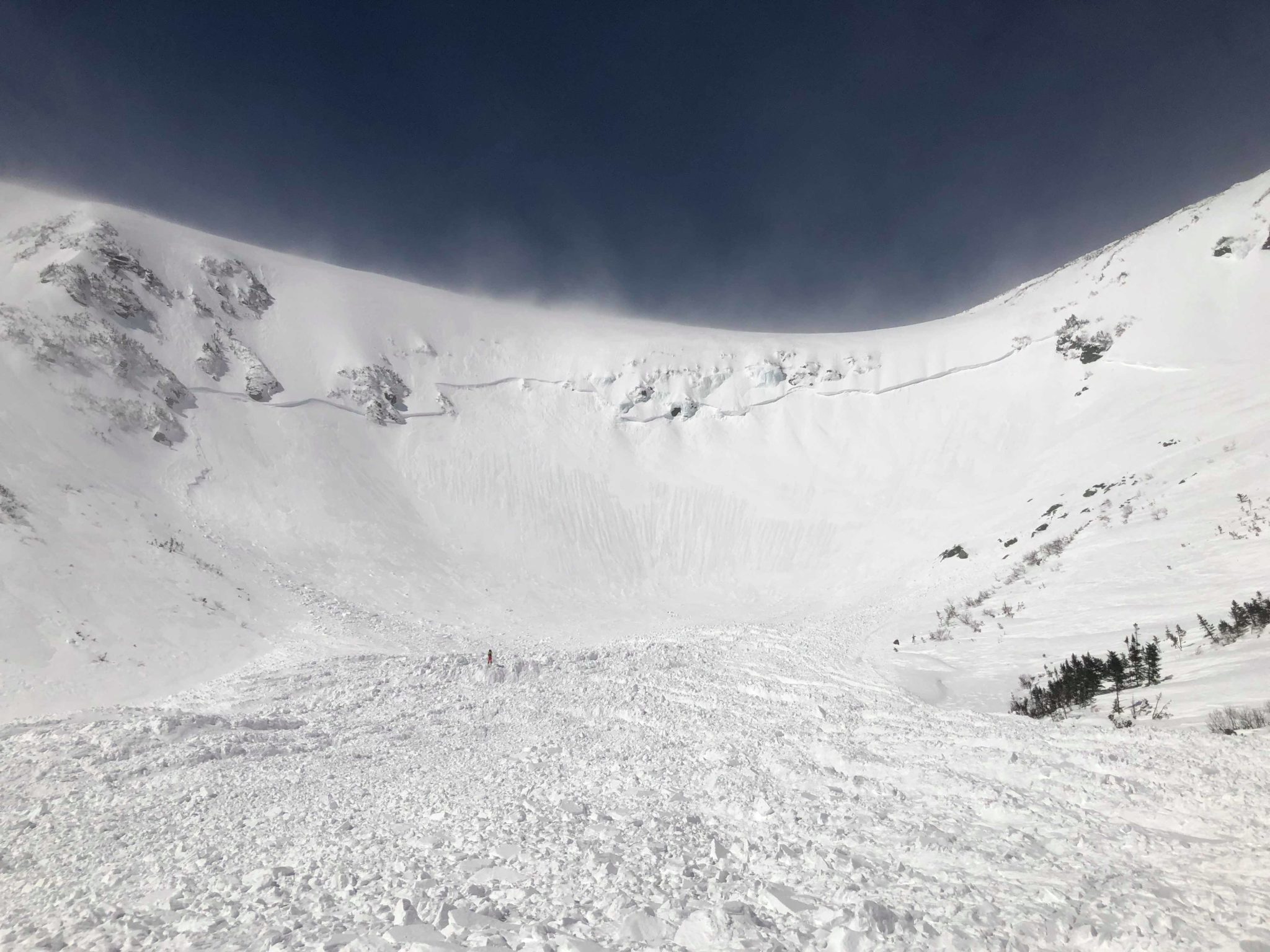
Drummond grew up in the Whites but moved out West for a time and returned here four years ago. He skis Mt. Washington frequently. “I’d never skied that ravine because it’s what I call a ‘novelty run.’ There are a series of waterfalls and often running water and a long bushwhack out at the end. It’s not a lot of great skiing and there’s so much else that’s great to ski around there. But people have been skiing it and posting photos of it,” he said. “I had friends ski it earlier in the week. But it doesn’t take much of a storm to load up a wind slab like this.”
REACTIONS
On the Facebook group page Backcountry Skiing in the Northeast one skier, Brian Alexander Jones described the gully as such: “It’s a main drainage on the east side. Once you pop over the alpine garden it’s basically a giant slab that funnels down into a series of (beautiful) waterfalls. Two factors have always scared me: a slab taking you over the falls and breaking through bridges at the bottom into the river.”
Jones, who drives up from New Jersey to ski Tuckerman Ravine on weekends has taken the American Institute for Avalanche Research and Education (AIARE)’s level 2 avalanche safety course. “As a mostly solo skier, this hits hard,” he said later in a private message.
On the same thread, David Lottman, a mountaineering guide and avalanche instructor who was skiing another area near Raymond Cataract on Thursday posted: I was buried to my waist in Oakes [Gulf] about the same time… remotely triggered a slab 200 feet above me from 15-degree terrain. Today was a tricky day.”
Burks said that this is the first avalanche fatality to have occurred on Mt. Washington this year. In mid-February, an experienced ice climber died after a long sliding fall in Huntington Ravine, which lies just beyond the gully that houses Raymond Cataract.
“The Avalanche Center and snow rangers produce an avalanche forecast every day and people need to pay attention to that. It’s important to remember that just because it’s the season for spring skiing doesn’t mean that avalanche danger doesn’t still exist. You have to keep your guard up.” He pointed to the forecast potential for human-triggered avalanches yesterday. “This person had a beacon and everything. People should continue to use vigilance in their safety.”
Further, Burks said, it’s important to pay attention to small changes in your environment as you travel to different parts of the mountain and across individual slopes in a given ski zone. Slope aspect, wind loading and warming from the sun can all cause localized avalanche hazards that skiers need to be aware of beyond following the area forecast.
“If the snow starts getting really soft and mushy, it’s probably time to head out and call it a day.” According to the Mt. Washington Avalanche Center’s forecast for Friday, April 12, a rapidly warming wind slab over an ice bed surface continues to be a hazard as temperatures warm into the weekend. “Wet loose sluffs are one sign that the snowpack is transitioning to a wet slab problem. These sluffs have the potential to magnify a skiers’ weight and become the tipping point that could initiate a slab avalanche.”
In the full incident report, released by the Mt. Washington Avalanche Center this week, the snow rangers offered this analysis:
“Anyone with a bit of avalanche education may question the terrain selection that Nicholas made that day, but many more would admit to making similar choices in similar conditions. The fateful mistakes that Nicholas made were skiing alone and skiing above a terrain trap that carried significant consequence. The slope which released contained a slab just barely large enough to bury a person; add a funnel and a narrow stream bed to this and the avalanche debris became more than enough to bury Nicholas. Though surviving an avalanche on that day above that terrain trap is far from certain, having a partner skilled in companion rescue may have saved Nicholas in this case, assuming effective companion rescue occurred immediately after the avalanche. One other notable factor in this accident was the fact that at least three parties observed and later reported seeing what appeared to be a fresh crown line in Raymond Cataract. No one made the 5-10 minute diversion to look for clues or do a beacon search of the debris where a ski and pole were on the surface 75’ uphill of the burial site.”
As backcountry skiing, and more specifically steep skiing in avalanche terrain continues to grow in popularity, we at MWAC contonue to hope that people will get educated by taking avalanche courses as well as bring a partner and the appropriate skills and equipment into the terrain. For many of us, Nicholas’ death gives us an opportunity to reflect on our own risky behaviors. Nicholas, like many of us in the ski community, loved to ski and had taken many of the steps necessary to stay safe while doing it. He had avalanche education under his belt, he carried a ski repair kit, extra layers, plenty of water, a first aid and survival kit. He was wearing a beacon and carrying a probe and shovel. Unfortunately, no one was watching from a safe location while he skied the slope, ready to rescue him before time ran out.”
For the full incident report, which contains more detailed analysis of the snowpack and other conditions that led to the avalanche, visit www.mountwashingtonavalanchecenter.org.
Photo courtesy Andrew Drummond, Ski the Whites Ski the Whites.

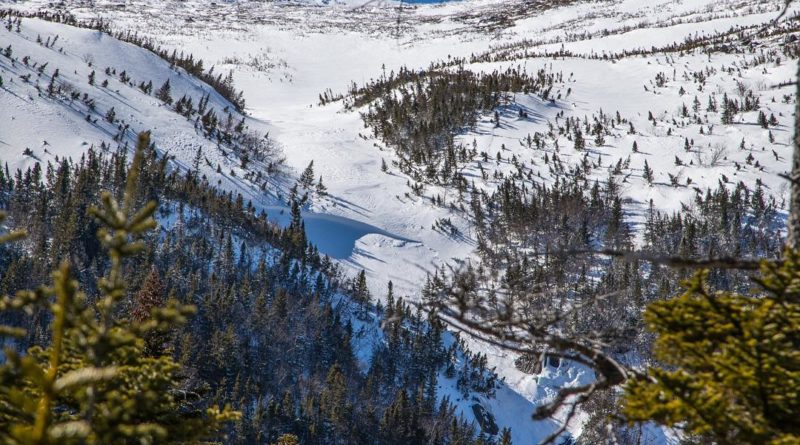
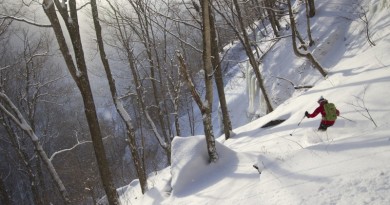
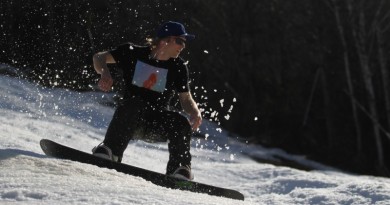

Pingback: #1 | Ski/ Snowboard Fatality List